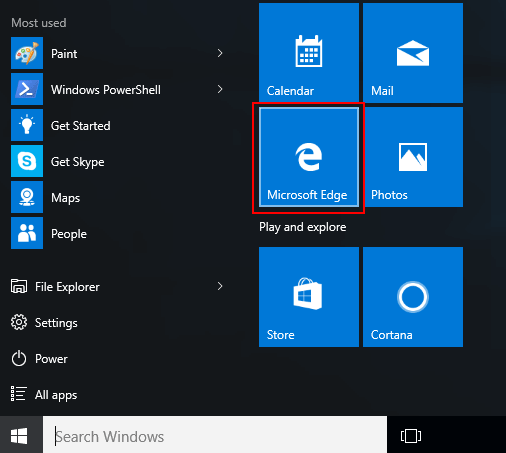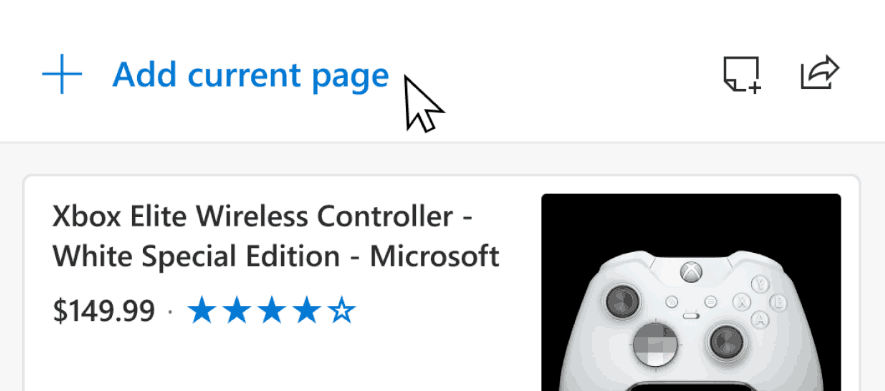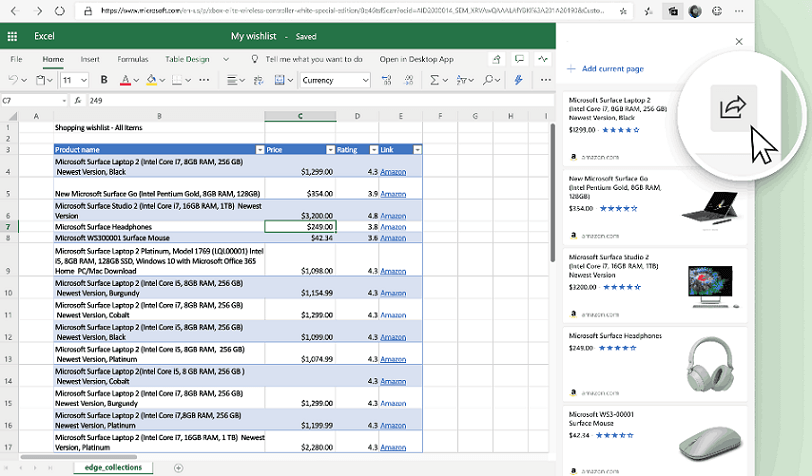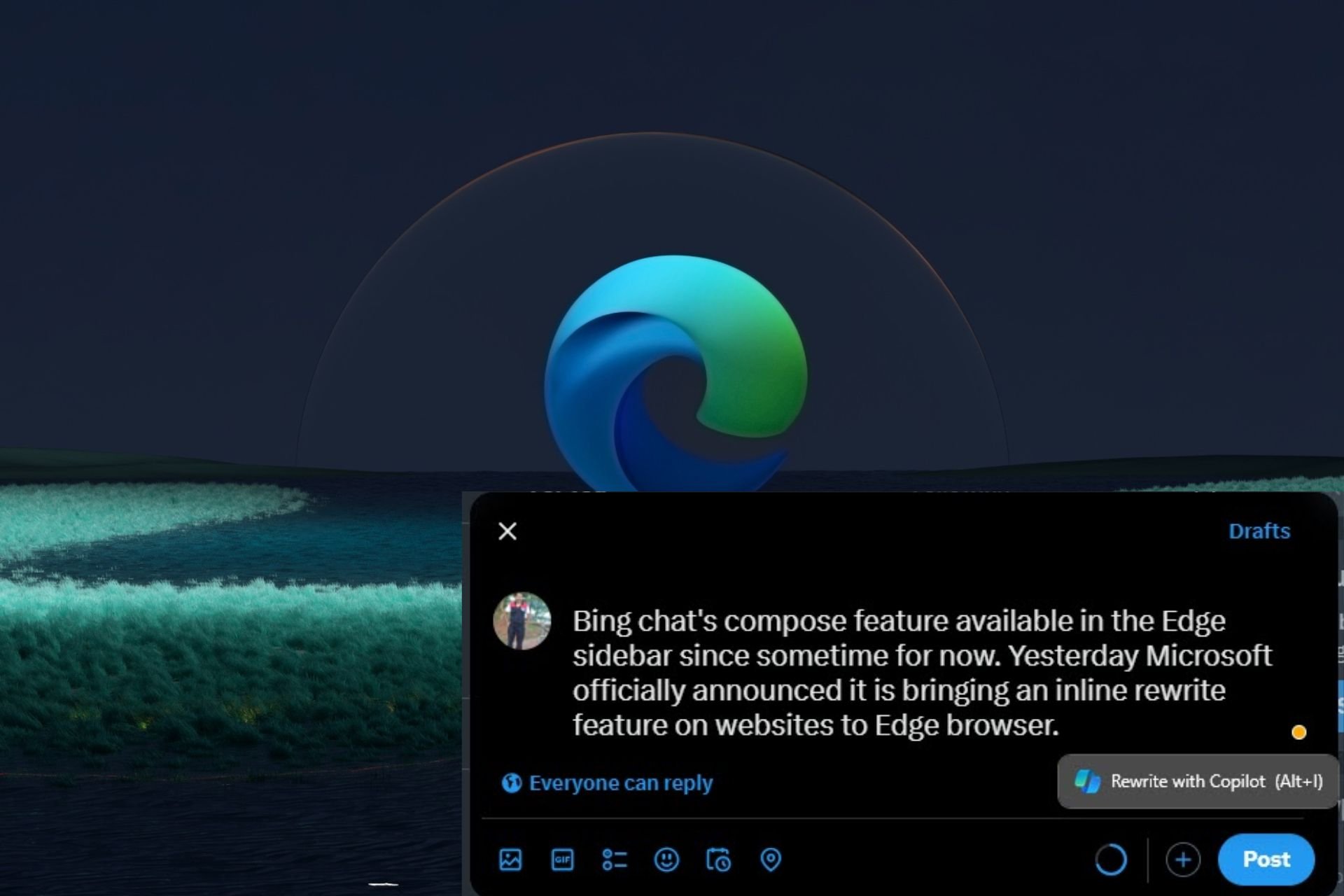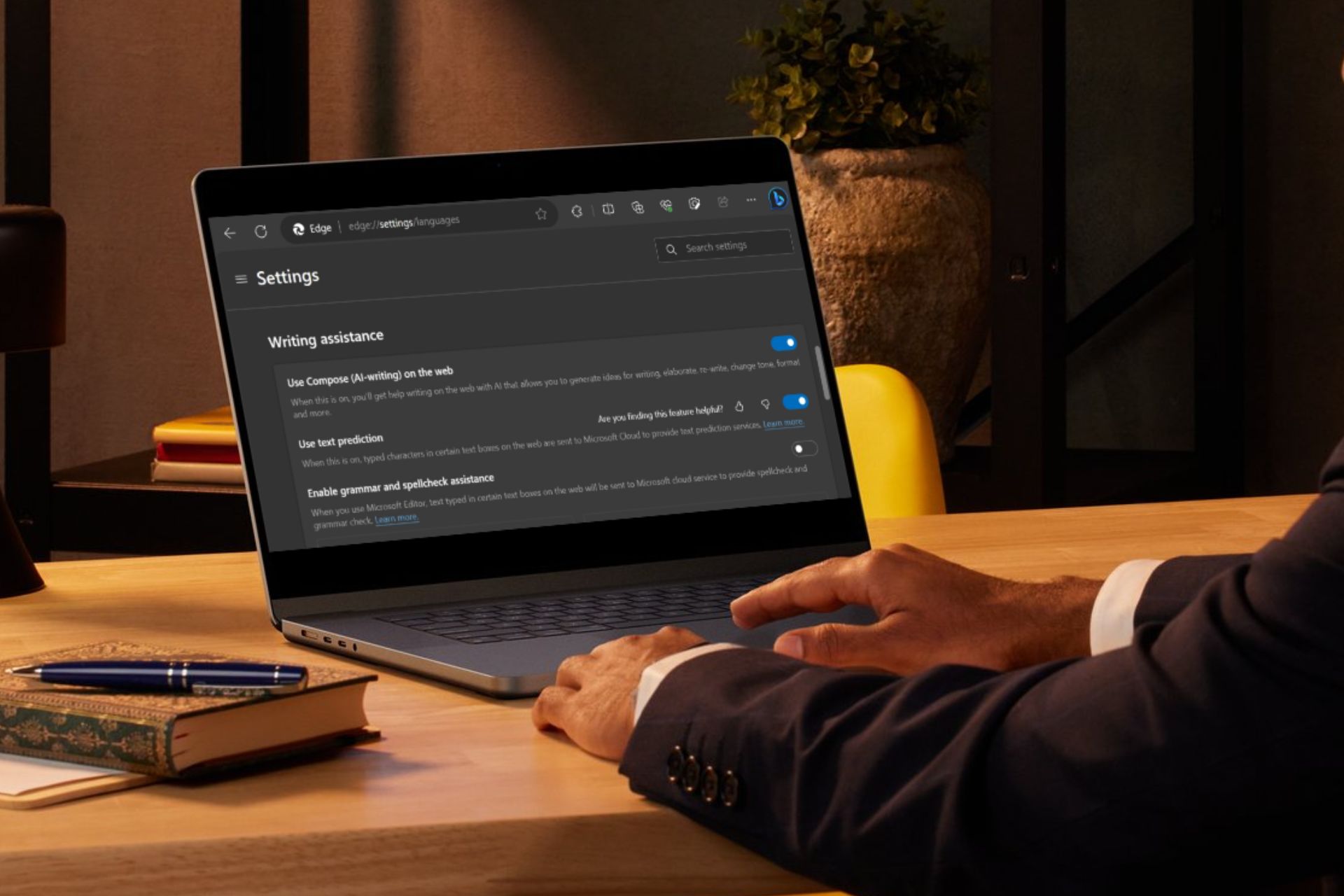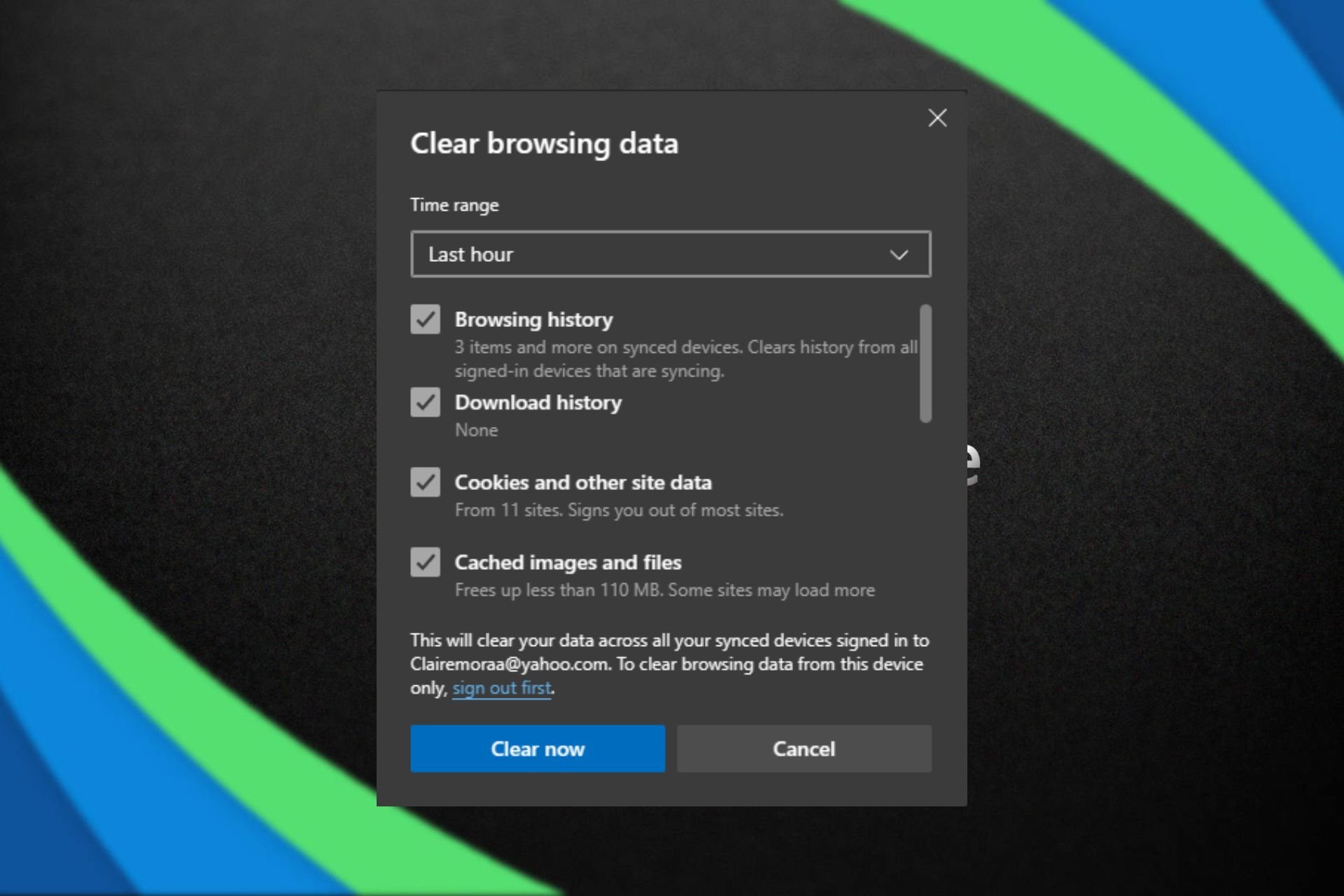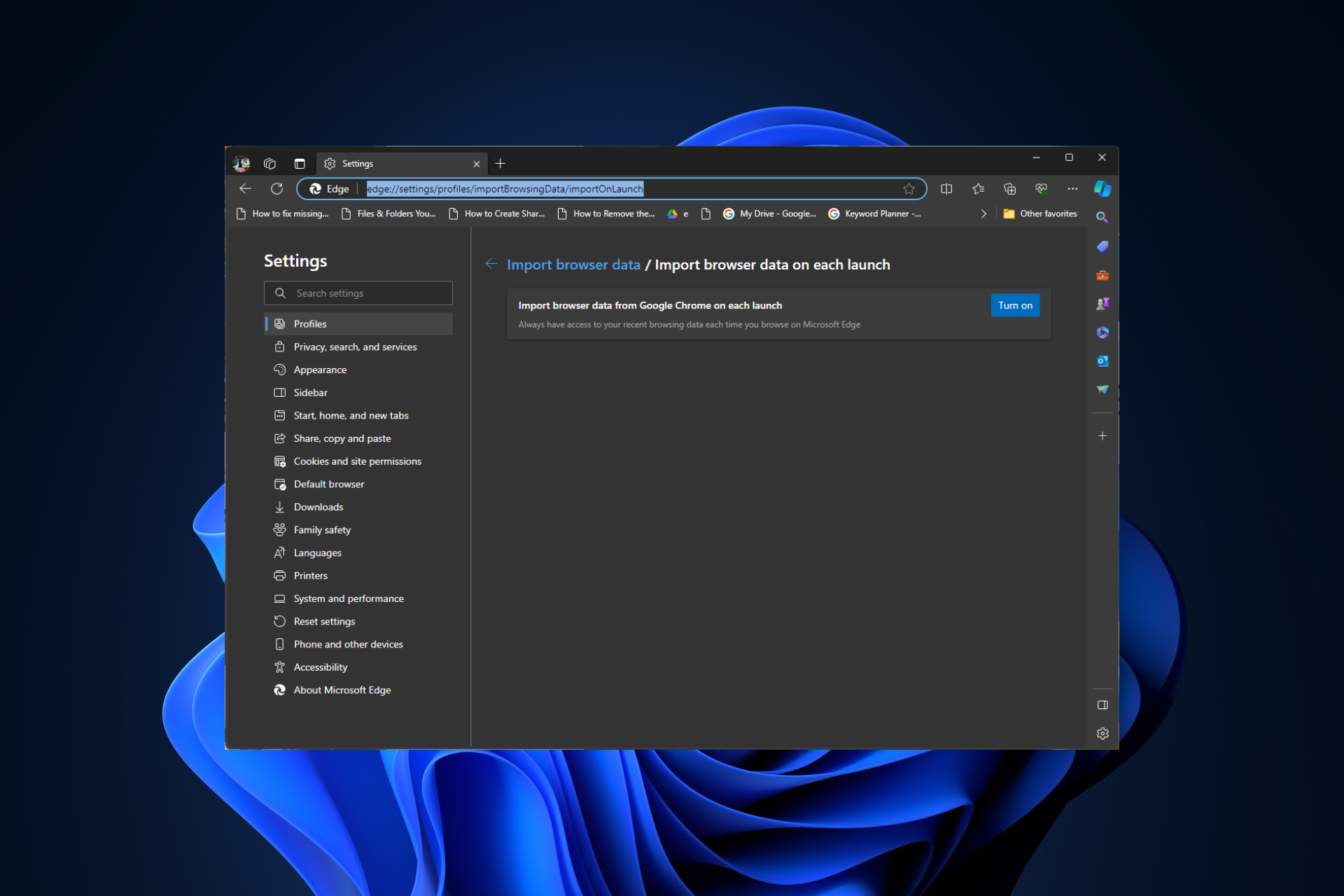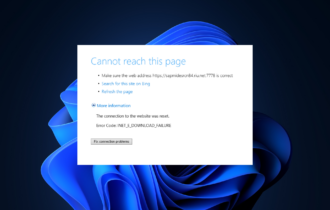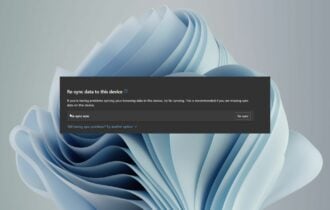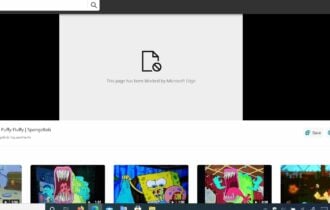Enable and use Microsoft Edge Collections feature
3 min. read
Updated on
Read our disclosure page to find out how can you help Windows Report sustain the editorial team Read more
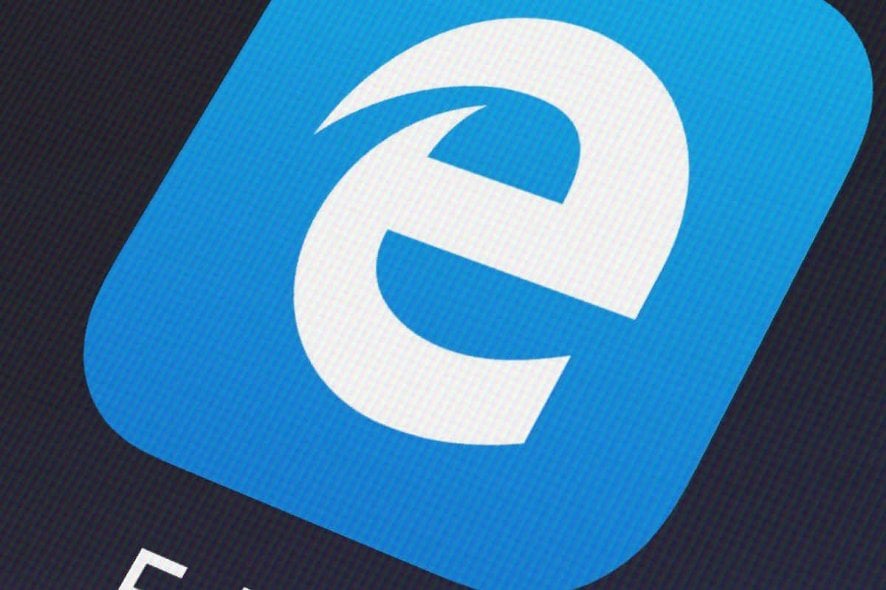
The Collections feature is a special option in Microsoft Edge, so we bet that you’re eager to find out how to enable and use it. Collections is there to let you store websites, images, and other webpage content for later reference.
Even more, you can rearrange items, add notes, or highlight specific content. The bottom line is that you may use this to ease work on a research document, without having to copy-paste between Word and the browser since Collections can be exported to both Excel and Word.
The feature is now available in the Edge Insider Canary and Dev channels. Just get ready to enable it manually, using the steps detailed below.
How can I enable and use Microsoft Edge Collections feature?
1. Enable Microsoft Edge Collections feature
- Open Microsoft Edge from Start Menu.
- Click on the Start button.
- Then, click the Microsoft Edge tile shown at the right panel of the Start Menu.
- Type the following path in the address bar: edge://flags#edge-collections.
- Use the drop-down menu on the right and select the Enabled option.
- Restart the browser to apply the changes.
- When Edge is relaunched, you’ll notice the new icon next to the address bar.
2. Use Microsoft Edge Collections feature
- Open Microsoft Edge.
- Click the Collemictions button next to the address bar.
- Up next, select Start new collection.
- Type a meaningful name.
- Press Enter.
- Start visiting websites that you want to collect.
- Feel free to add any desired web page to your collection by selecting Add current page at the top of the pane.
- You can also add text to the collection. Just highlight it on the page and drag it into the collections pane.
- This procedure works for images as well.
- If you happen to like a link, drag and drop it to add it to your list.
- When you add content to Collections, Microsoft Edge creates a visual card for a quick recognition of the content. Revisit content by clicking on the visual card in the Collections pane.
- After completing the steps, you can also move your content around. Just click an item and drag and drop it in the position you prefer.
- To add your own notes directly to a collection, select the Add note icon from the top of the Collections pane.
- If you want to remove content, hover over the item, select the box that appears in the upper-right corner, and finally select the Delete icon.
- Click the Share button in the top-right of the pane if you wish to export everything to an Excel spreadsheet or Word.
Is this feature making you think of the old Internet Explorer-powered Linked Notes feature from OneNote desktop apps? Back in the good old days, this feature also automatically linked passages of text to webpages in the browser.
While still in development, Collections looks promising. Whatever you are doing on the web, it tries to help.
If you’re planning a trip, it will help you gather and pull together trip information. If you’re organizing your weekly shopping list, then use it to collect and compare desired items.
No other browser provides a similar built-in experience for now, so why not giving it a try?
READ ALSO:


